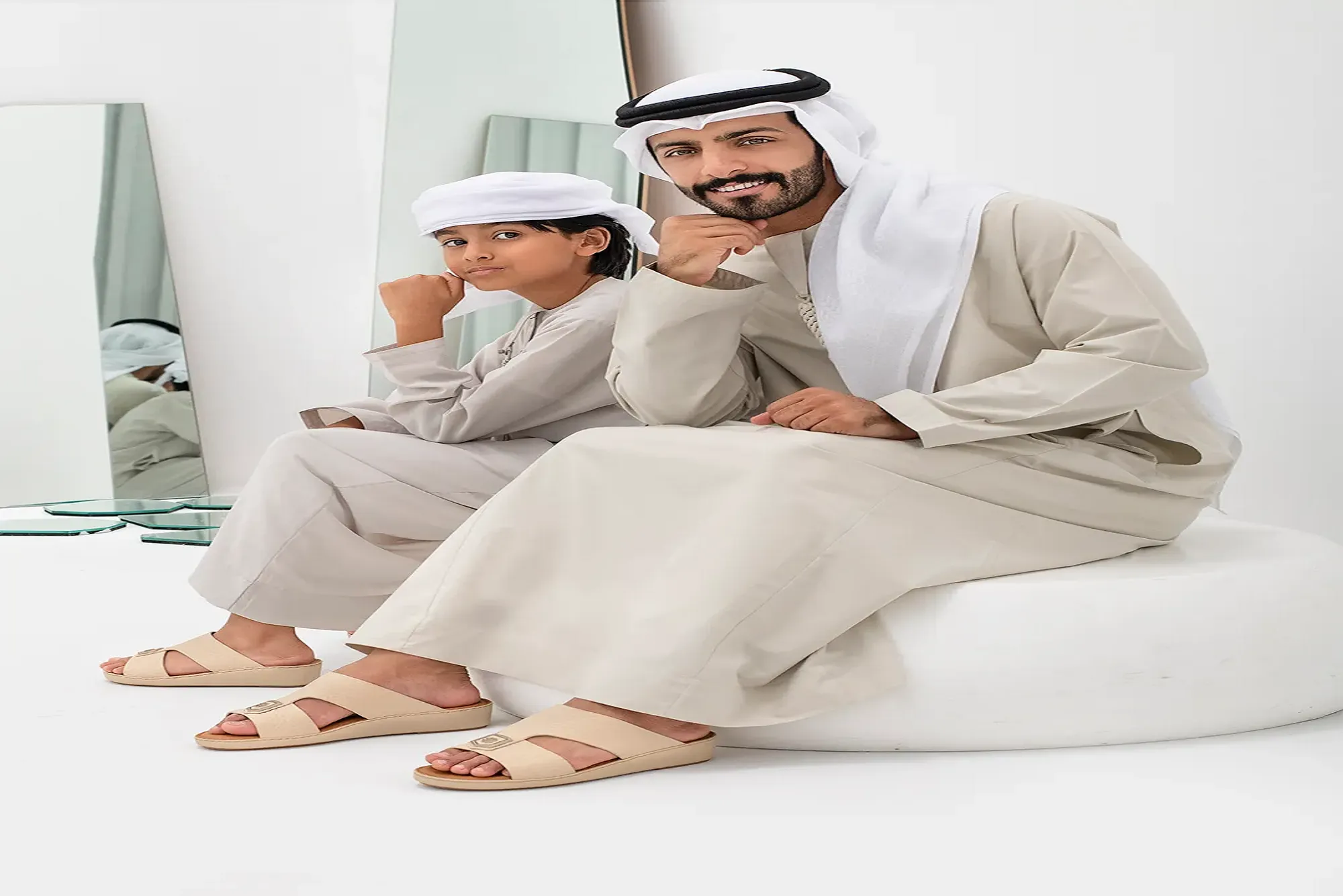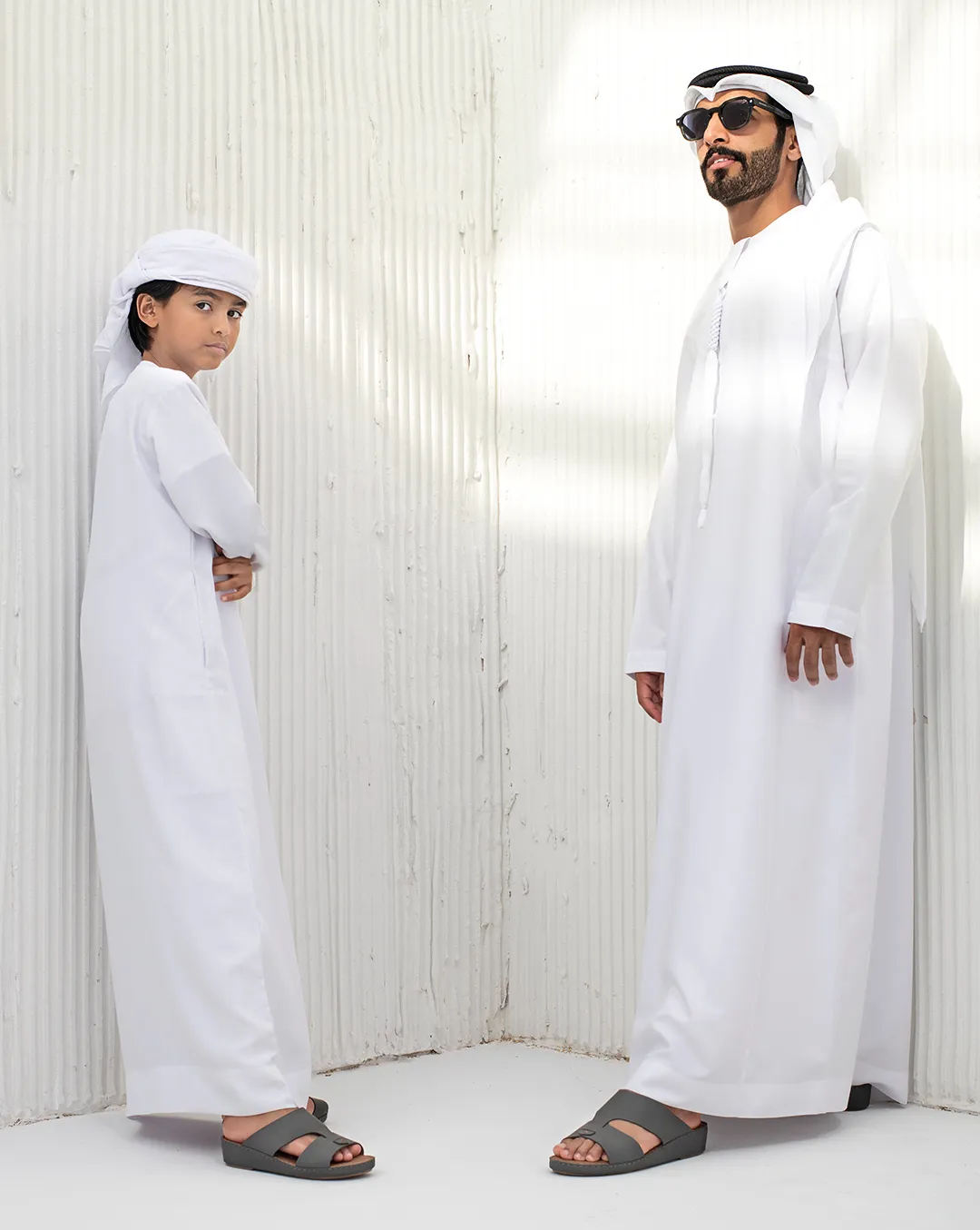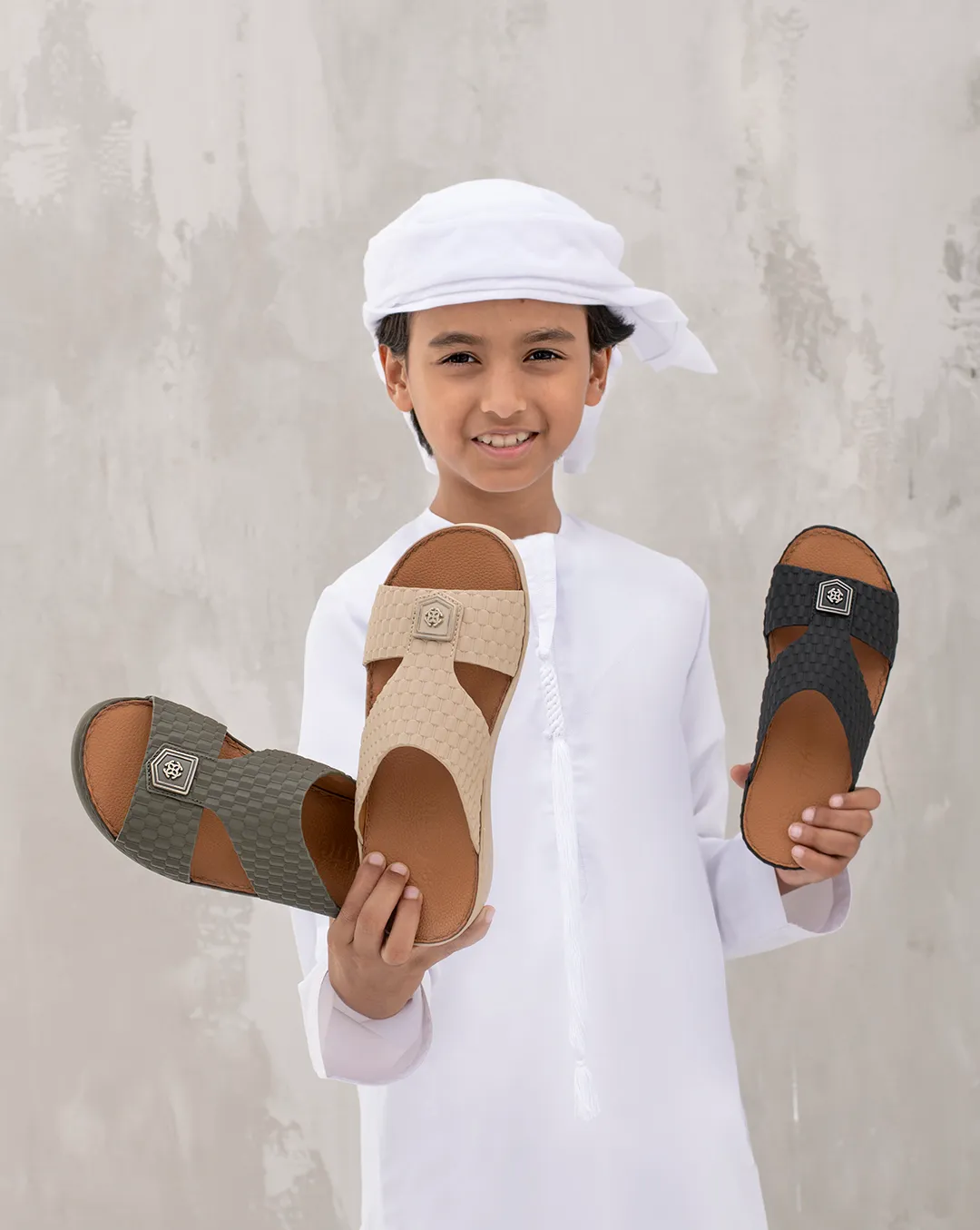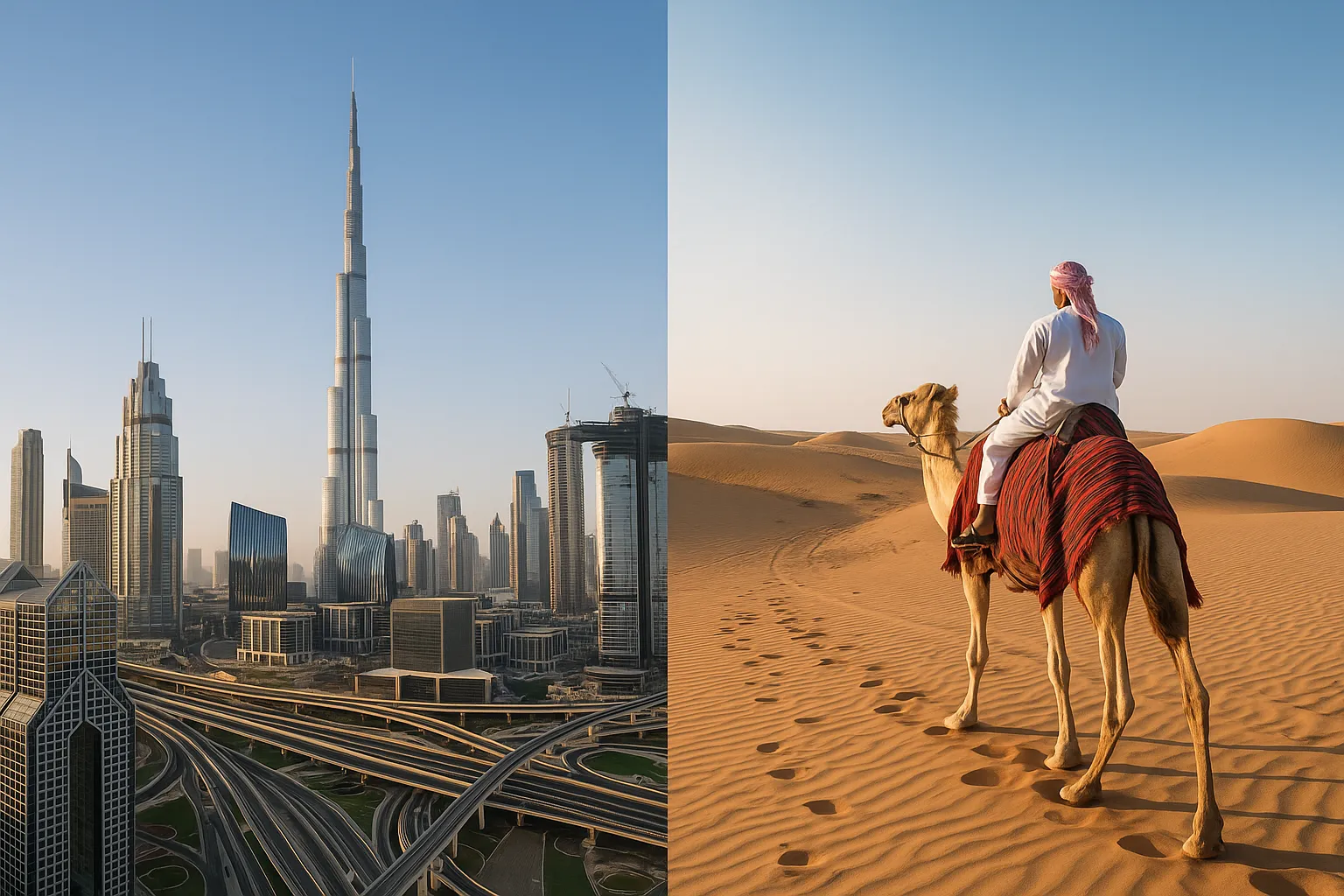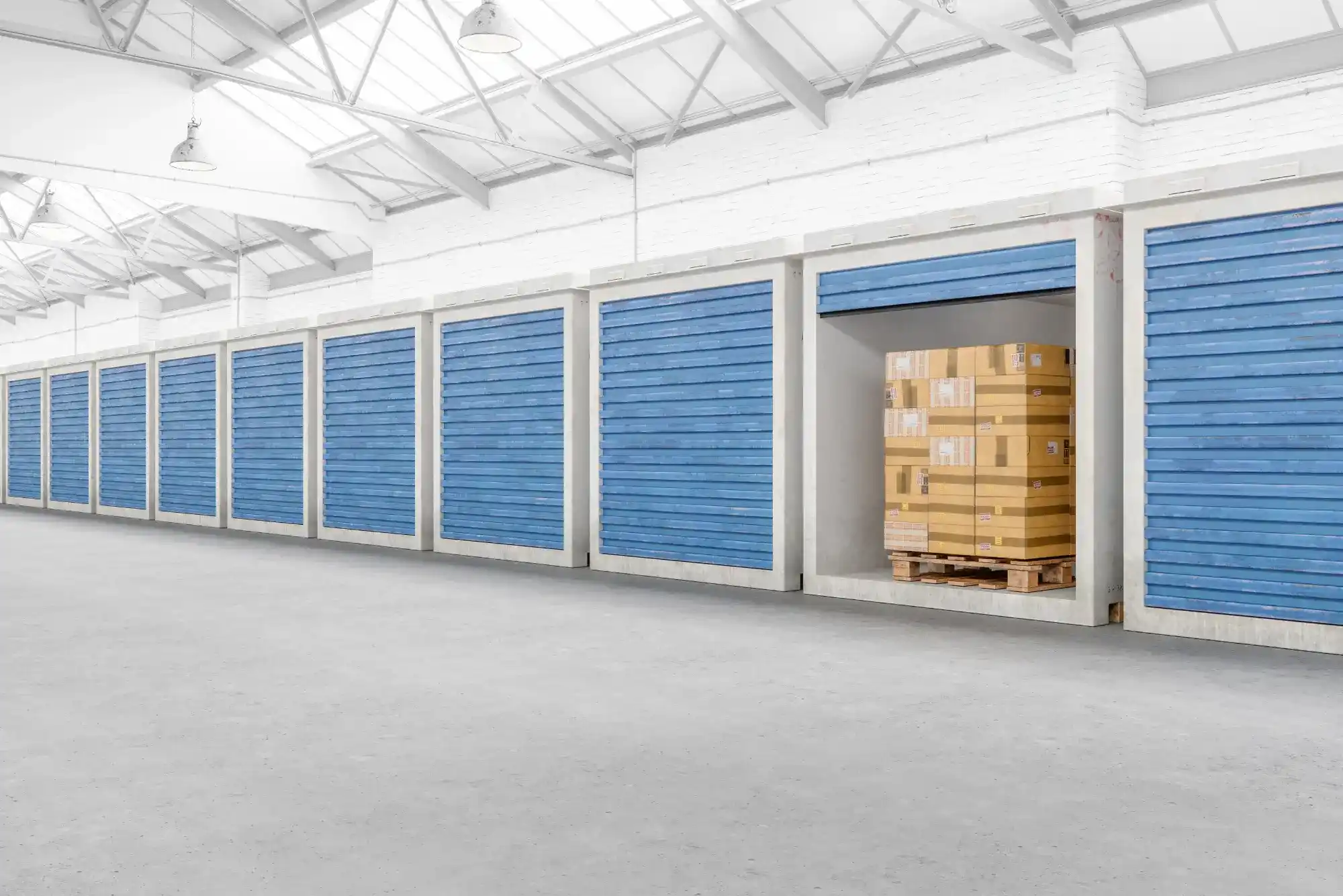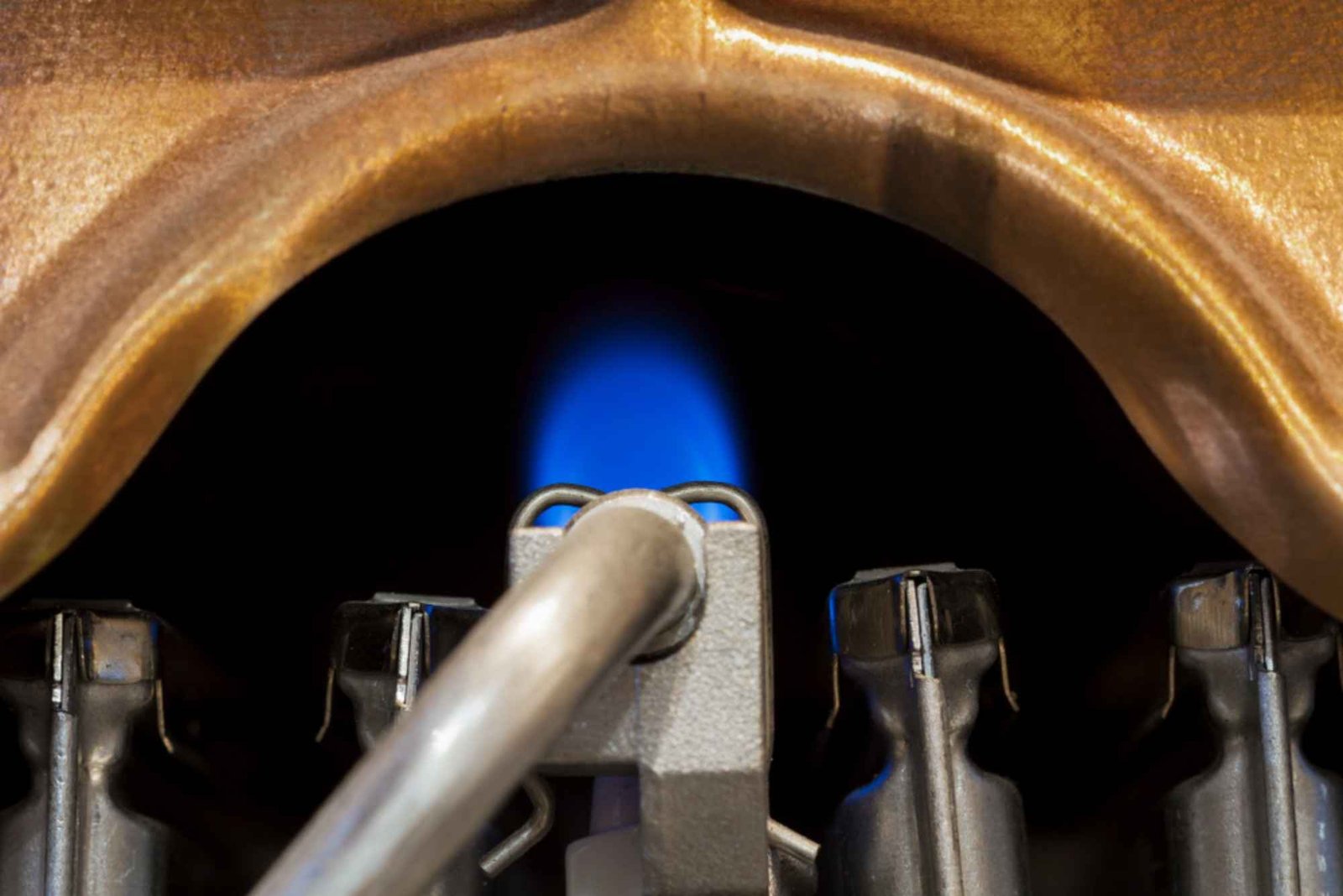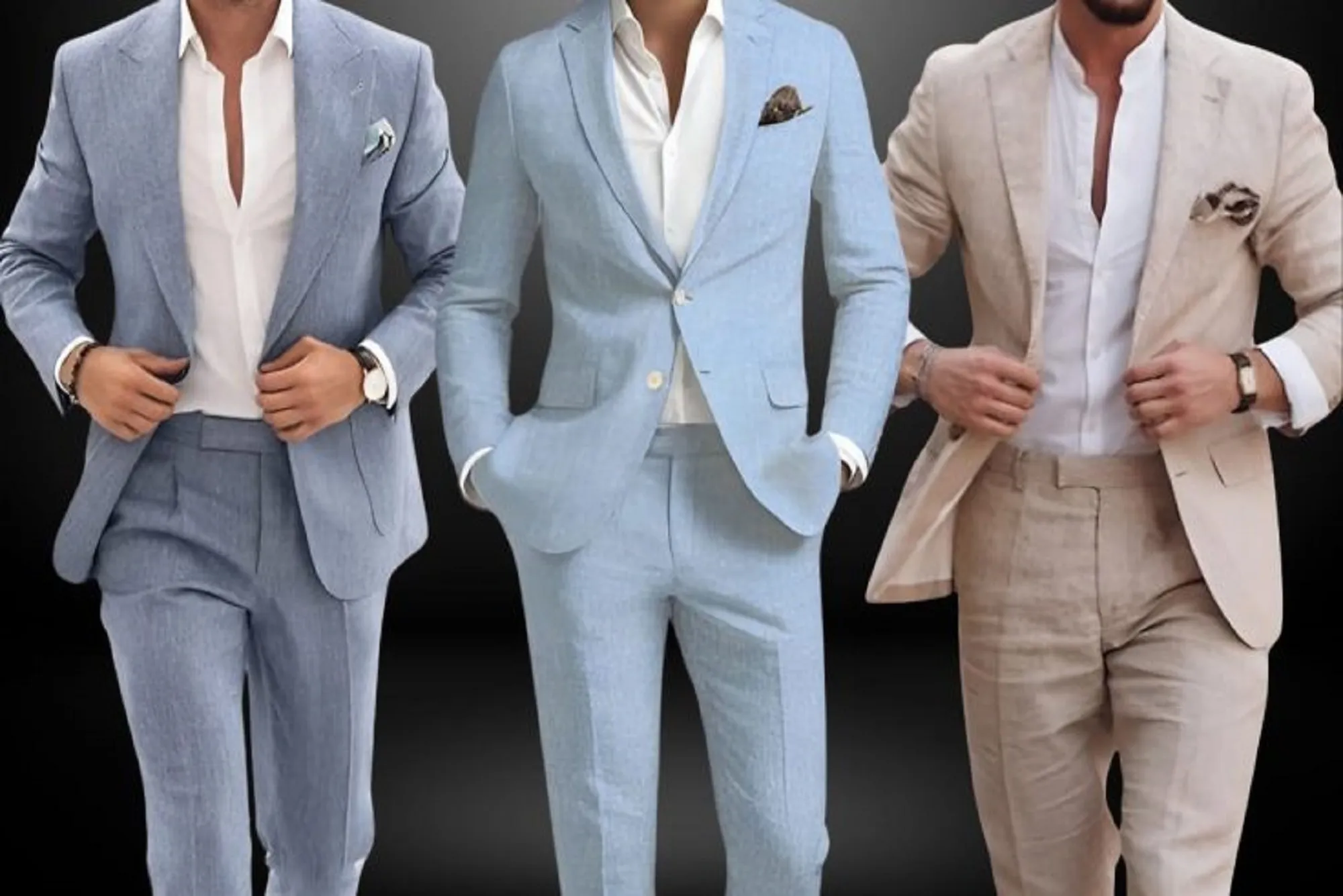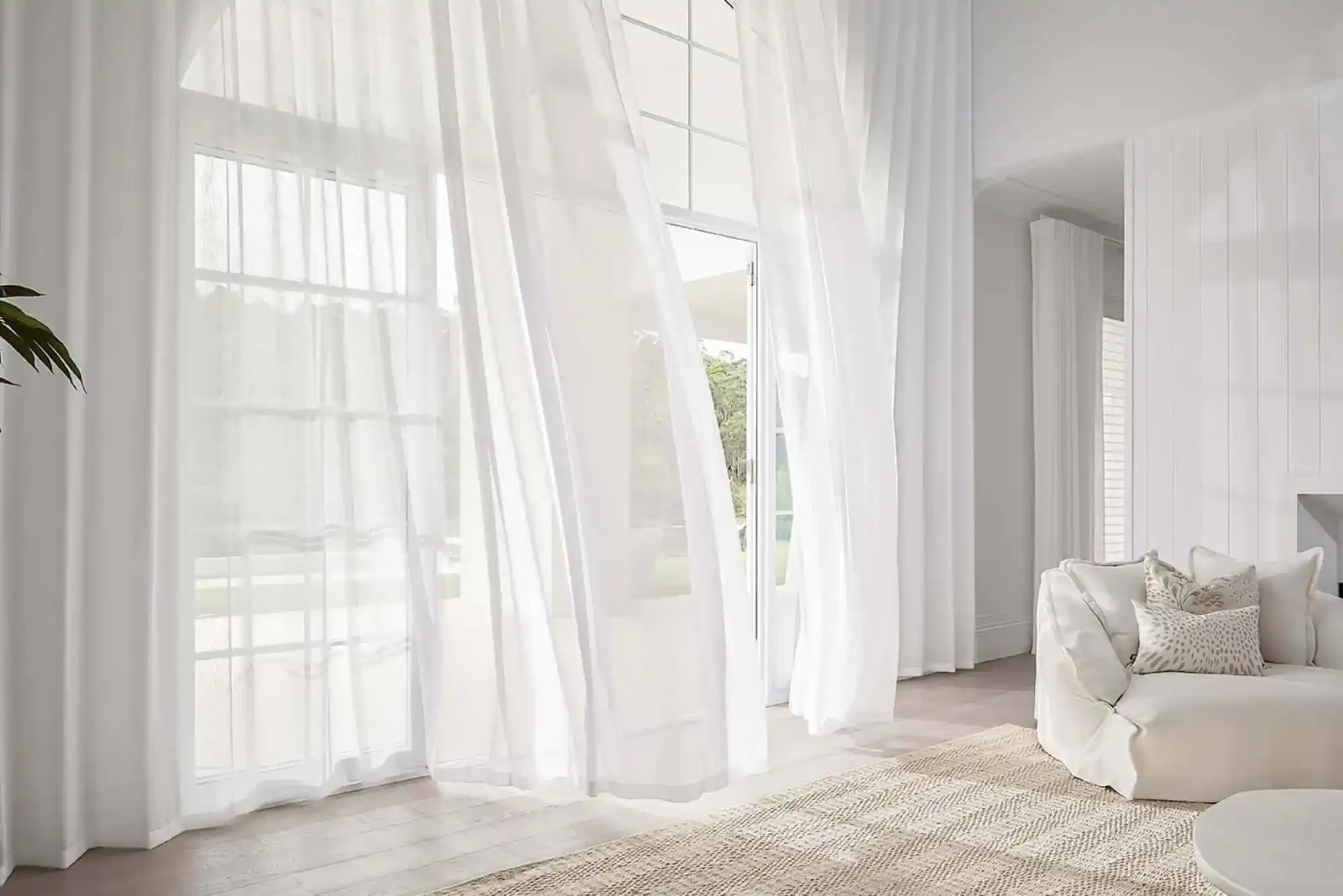In the realm of footwear, few styles manage to merge comfort with rich cultural heritage as effectively as Men Arabic Sandals. These traditional sandals, known for their elegant designs and practicality, have made a significant mark in contemporary fashion. From the bustling streets of the Middle East to global fashion runways, these sandals symbolize a unique blend of tradition and modernity.
A Brief History of Arabic Sandals
Arabic sandals have been worn for centuries, deeply rooted in the culture and lifestyle of the Middle Eastern regions. Historically crafted from natural materials like leather and palm fronds, these sandals were designed to endure the hot desert climate, allowing for breathability and comfort. Their unique designs often reflect the artistry and craftsmanship of the region, making each pair not just a piece of footwear but a work of art.
The Design and Craftsmanship
The hallmark of Men Arabic Sandals lies in their design and craftsmanship. Typically characterized by a flat sole and open-toe style, they often feature intricate stitching and embellishments that add a touch of elegance. The use of high-quality materials ensures durability while providing exceptional comfort.
Material Choices:
Many Arabic sandals are made from genuine leather, which not only looks luxurious but also molds to the foot over time, enhancing comfort. Other options include synthetic materials that mimic leather’s look and feel, catering to a wider audience.
Styles and Variations:
From simple, minimalist designs to more elaborate ones adorned with beads or embroidery, there is a wide range of options available. Popular styles include the Khuff, a traditional sandal that features a distinctive toe loop, and Babouche, known for its backless design. These variations ensure that there is a perfect sandal for every occasion, whether formal or casual.
The Comfort Factor
One of the standout features of Men Arabic Sandals is their incredible comfort. The flat soles and open designs promote air circulation, keeping feet cool in hot weather. This makes them an ideal choice for summer outings, beach trips, or casual gatherings. Additionally, many sandals come with cushioned insoles, providing added support for extended wear.
A Chic Fashion Statement
In recent years, Men Arabic Sandals have transitioned from traditional wear to a chic fashion statement. Their versatility allows them to be paired with various outfits, making them suitable for different occasions. Here’s how you can style them:
Casual Wear:
Pair your sandals with shorts and a lightweight shirt for a laid-back, summer look. The sandals add an element of sophistication while ensuring comfort throughout the day.
Smart Casual:
For a smart-casual outfit, combine your Arabic sandals with tailored trousers and a polo shirt. This combination is perfect for outdoor events or dinner dates where you want to look stylish yet feel comfortable.
Formal Attire:
Surprisingly, Arabic sandals can also complement formal attire. Opt for a pair in a rich color, such as deep brown or black, and wear them with a traditional thobe or a well-fitted suit. This look showcases a modern twist on classic elegance.
Cultural Significance
Wearing Men Arabic Sandals goes beyond fashion; it’s also a way to honor and appreciate the cultural heritage of the Arab world. By choosing these sandals, you are embracing a piece of history and tradition that has stood the test of time. In many Arab cultures, sandals are more than just footwear; they represent hospitality, tradition, and respect for one’s roots.
Historical Roots
The origins of Arabic sandals can be traced back to ancient civilizations in the Middle East, where they were used as practical footwear suited to the region’s climate. These sandals were designed to protect the feet from hot desert sand while allowing for ventilation and ease of movement. Over time, they evolved into more than mere functional items, reflecting the craftsmanship and artistry of local artisans.
Symbol of Heritage
Wearing Men Arabic Sandals is a way to connect with one’s heritage. In many Arab countries, traditional sandals represent a sense of pride in cultural identity. They often feature designs and patterns that are unique to specific regions, showcasing the diversity within Arab culture. For instance, some sandals may incorporate motifs that reflect local folklore or nature, adding layers of meaning to the footwear.
Tradition and Ceremony
In Arab cultures, traditional attire is often worn during significant events and celebrations, such as weddings, festivals, and religious ceremonies. Men Arabic Sandals play a crucial role in these occasions, where they complement traditional garments like the thobe or dishdasha. Their presence in such ceremonies signifies respect for cultural customs and the importance of maintaining traditions in a rapidly changing world.
Sign of Hospitality
In many Arab cultures, hospitality is a core value, and sandals can symbolize this welcoming spirit. When guests visit a home, it is customary for hosts to provide comfortable footwear, including sandals, as a gesture of hospitality. This practice not only makes guests feel at home but also highlights the importance of community and relationships within Arab society.
Cultural Exchange and Globalization
As globalization continues to shape the fashion landscape, Men Arabic Sandals have gained popularity far beyond their traditional roots. Their unique designs and comfortable fit have attracted international attention, leading to a cultural exchange where traditional craftsmanship meets contemporary fashion. This blending of styles allows people from different cultures to appreciate and adopt elements of Arab heritage in their own fashion choices.
Artisan Craftsmanship
The production of Men Arabic Sandals is often a family tradition passed down through generations. Skilled artisans take pride in their craft, using techniques that have been honed over decades. This artisanal aspect not only supports local economies but also preserves traditional methods and styles. By choosing to wear these sandals, consumers contribute to the sustainability of this craftsmanship, helping to keep cultural practices alive.
Representation in Art and Media
Arabic sandals frequently appear in various forms of art, literature, and media, symbolizing the broader themes of cultural identity, heritage, and tradition. They are often depicted in paintings, poetry, and storytelling, serving as a reminder of the rich narratives that accompany these traditional pieces of footwear. This representation further solidifies their place in the cultural consciousness.
Sustainability and Ethical Fashion
As the world shifts towards more sustainable practices, many artisans producing Men Arabic Sandals are focusing on eco-friendly materials and methods. The use of natural dyes, sustainable leathers, and traditional crafting techniques minimizes environmental impact, making these sandals a responsible choice for the conscious consumer.
Care and Maintenance
To ensure the longevity of your Men Arabic Sandals, proper care and maintenance are essential:
Cleaning: Regularly wipe down your sandals with a damp cloth to remove dirt and dust. For leather sandals, use a leather cleaner and conditioner to maintain their sheen and prevent cracking.
Storage: Store your sandals in a cool, dry place away from direct sunlight to prevent fading and damage.
Repairs: If you notice any signs of wear, consider taking your sandals to a professional cobbler for repairs. This not only extends the life of the footwear but also maintains its unique charm.
Men Arabic Sandals are more than just a practical choice; they embody a rich cultural heritage while offering unparalleled comfort and style. Whether you’re dressing for a casual outing or making a fashion statement at a formal event, these sandals are a versatile addition to any wardrobe.
By embracing Men Arabic Sandals, you’re not just choosing footwear; you’re stepping into a world where tradition meets chic fashion, ensuring that every step you take is rooted in comfort and style.

